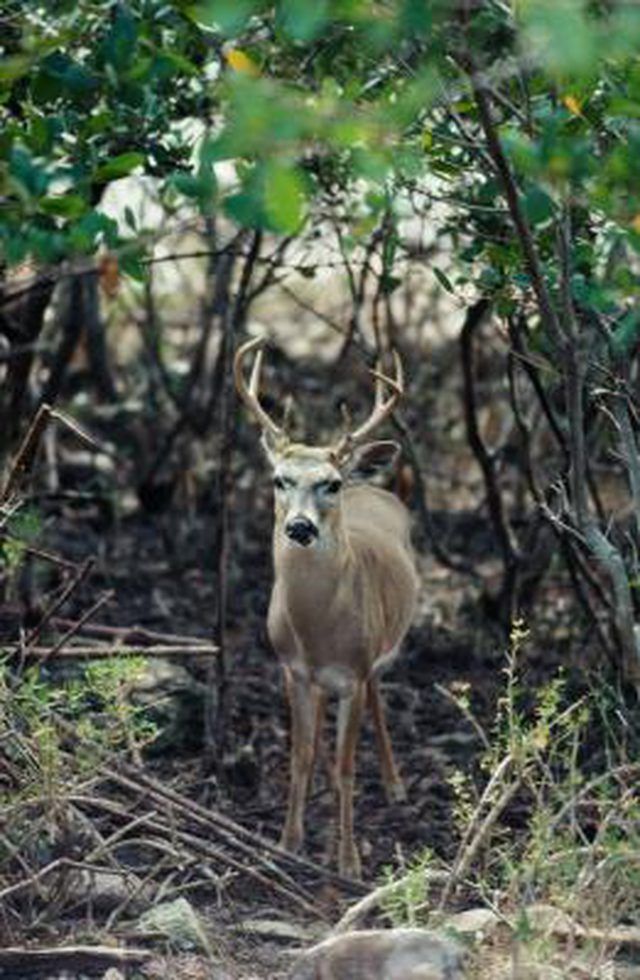Bulbs
Flower Basics
Flower Beds & Specialty Gardens
Flower Garden
Garden Furniture
Garden Gnomes
Garden Seeds
Garden Sheds
Garden Statues
Garden Tools & Supplies
Gardening Basics
Green & Organic
Groundcovers & Vines
Growing Annuals
Growing Basil
Growing Beans
Growing Berries
Growing Blueberries
Growing Cactus
Growing Corn
Growing Cotton
Growing Edibles
Growing Flowers
Growing Garlic
Growing Grapes
Growing Grass
Growing Herbs
Growing Jasmine
Growing Mint
Growing Mushrooms
Orchids
Growing Peanuts
Growing Perennials
Growing Plants
Growing Rosemary
Growing Roses
Growing Strawberries
Growing Sunflowers
Growing Thyme
Growing Tomatoes
Growing Tulips
Growing Vegetables
Herb Basics
Herb Garden
Indoor Growing
Landscaping Basics
Landscaping Patios
Landscaping Plants
Landscaping Shrubs
Landscaping Trees
Landscaping Walks & Pathways
Lawn Basics
Lawn Maintenance
Lawn Mowers
Lawn Ornaments
Lawn Planting
Lawn Tools
Outdoor Growing
Overall Landscape Planning
Pests, Weeds & Problems
Plant Basics
Rock Garden
Rose Garden
Shrubs
Soil
Specialty Gardens
Trees
Vegetable Garden
Yard Maintenance
Are Physocarpus Opulifolius Deer Resistant?
Are Physocarpus Opulifolius Deer Resistant?. Physocarpus opulifolius, more commonly known as eastern, Atlantic or common ninebark, is a North American native shrub hardy to cold regions. It withstands drought well once established and is notable for its dramatically peeling bark. Ninebark is not strongly deer resistant, but still works well in...

Physocarpus opulifolius, more commonly known as eastern, Atlantic or common ninebark, is a North American native shrub hardy to cold regions. It withstands drought well once established and is notable for its dramatically peeling bark. Ninebark is not strongly deer resistant, but still works well in native landscaping arrangements.
Appearance
Common ninebark is named for its peeling bark, said to come in nine layers. The shrub itself grows 6 to 10 feet tall with upright, spreading branches. Ninebark has white flowers, attractive red fruit favored by birds and yellow fall foliage. Some garden varieties have purple leaves.
Substitute for Barberry
According to the Plant Conservation Alliance, Atlantic ninebark is a good substitute for Japanese barberry, a strongly deer-resistant invasive shrub seen in many gardens. Barberry provides little food for wildlife, allowing it to push out native plants. Ninebark is more appealing to deer than Japanese barberry, but has similar ornamental properties and is not invasive.
Deer Preference
According to the University of Idaho, eastern ninebark is not considered deer resistant. However, Cayuga Landscape Co. lists this shrub as infrequently browsed by deer. If other, more palatable shrubs are available, such as red twig dogwood, deer will choose them over ninebark.